17 Signs Your Cat Might Die Soon That You Shouldn’t Ignore
Cats are masters at hiding discomfort, but as they near the end of their lives, subtle—and sometimes obvious—changes can reveal their declining health. Recognizing these signs can help you provide comfort, love, and dignity during this difficult time. Let’s explore the most telling signs your cat may be nearing the end.
Appetite Loss
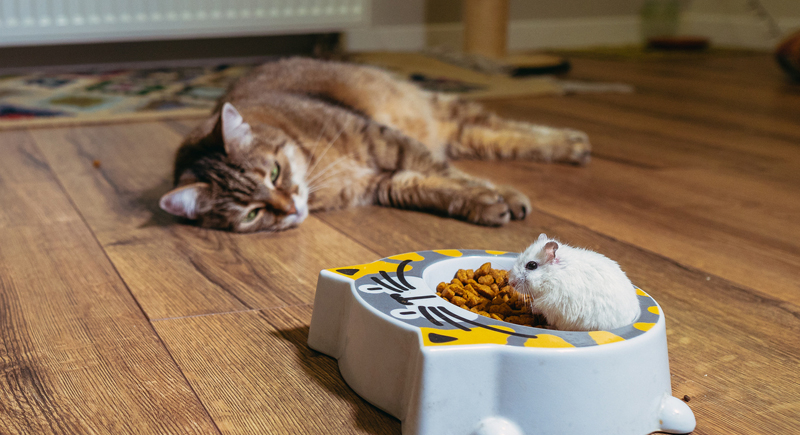
Credit: iStockphoto
If your cat starts eating less or stops altogether, it’s often a signal that something serious is happening. You might notice they sniff their food and walk away, or perhaps they favor softer textures but can’t seem to eat much. This isn’t just pickiness. Their system may no longer process food the way it once did, or pain might make eating difficult.
Weight Loss
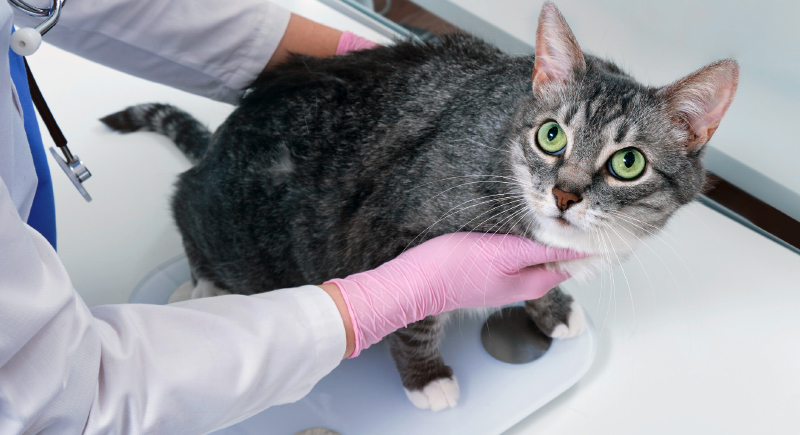
Credit: iStockphoto
One of the harder changes to witness is noticeable weight loss. Even if your cat has been gradually losing weight over time, a sharp decline can indicate that its body is breaking down. Their shoulder blades may become more pronounced, or their hips might jut out as muscle mass diminishes.
Decreased Energy
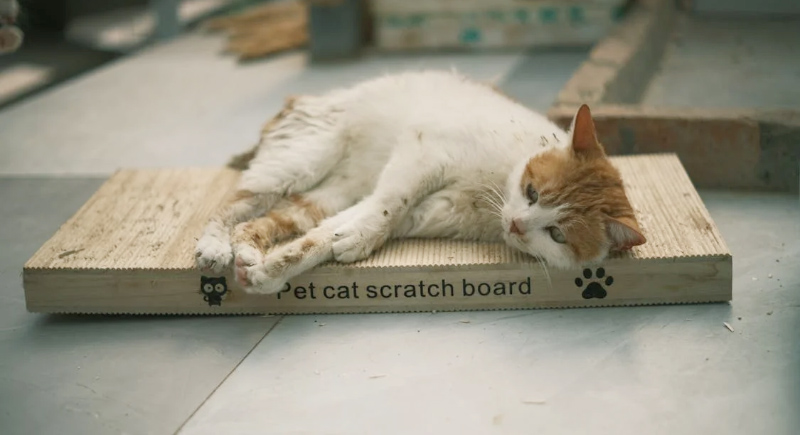
Credit: pexels
A once-playful cat that now spends most of its day curled up or napping may be telling you they’re not feeling well. Cats nearing the end of life often retreat into a state of deep rest by avoiding movement that feels taxing. It’s their body signaling that it needs to conserve what little energy remains.
Mobility Problems
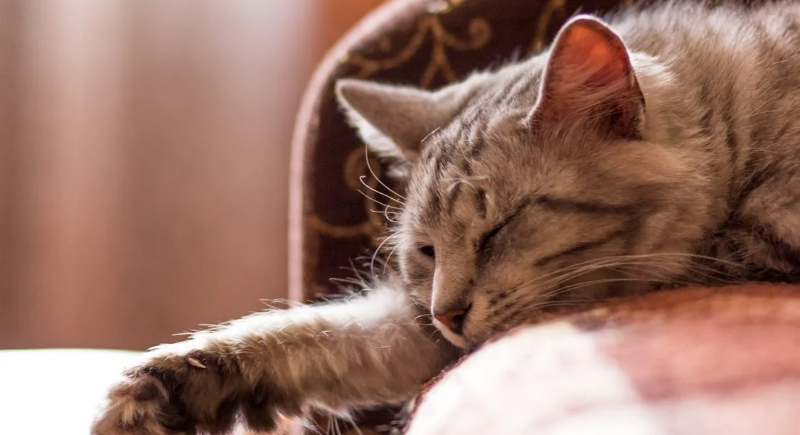
Credit: pexels
Struggles with movement are another noticeable sign. Cats experiencing mobility issues may hesitate before jumping onto the couch or might stumble while walking. Arthritis, muscle weakness, or neurological problems can make even small movements difficult.
Changes in Behavior
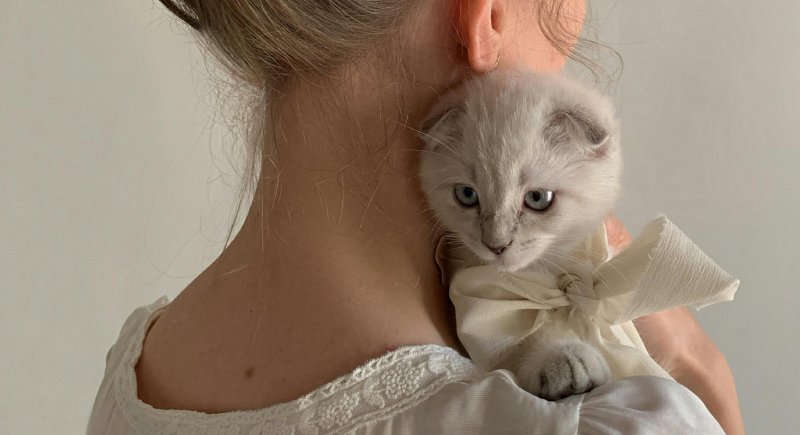
Credit: pexels
Behavioral shifts in declining cats are often striking. A once-affectionate companion might withdraw and spend hours hiding under the bed, or a usually independent cat might cling to you for comfort. Some cats show confusion and wander aimlessly or stare into space, while others may vocalize more frequently—sometimes as though they’re trying to communicate distress.
Poor Grooming
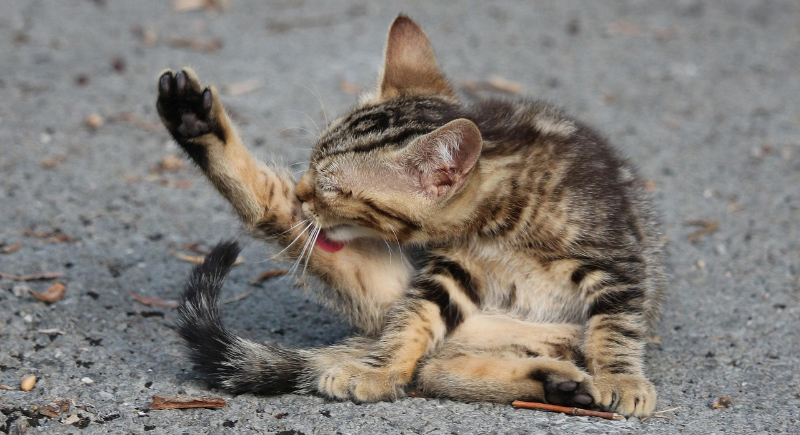
Credit: pixabay
Cats are meticulous groomers, but when they stop cleaning themselves, it’s a sign their health is deteriorating. You might notice their coat losing its shine, becoming matted or greasy. They may not have the energy to groom, or they might feel too uncomfortable to care.
Temperature Sensitivity
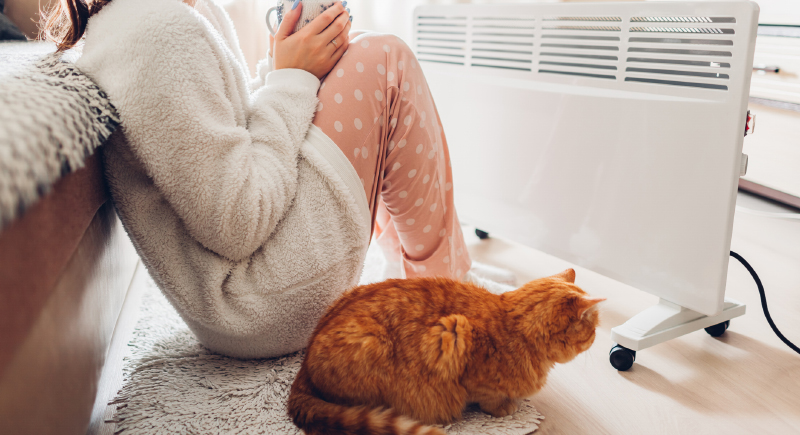
Credit: iStockphoto
If your cat seeks warm spots or avoids cooler areas, they might be struggling to regulate their body temperature—a key function controlled by their metabolism. Cats’ body temperatures typically range between 100.5°F and 102.5°F, but as their systems slow, they may feel cold to the touch. This is why they instinctively gravitate toward sunbeams or warm blankets.
Abnormal Breathing
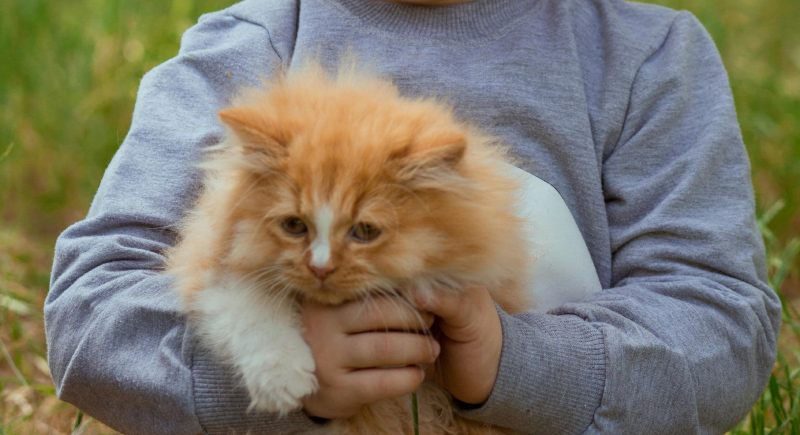
Credit: pexels
Breathing changes are one of the most distressing signs to observe. Cats are quiet breathers by nature, so labored or noisy breathing stands out. A cat’s normal respiratory rate is 20-30 breaths per minute. Anything above or below this range could signal distress.
Vomiting or Diarrhea
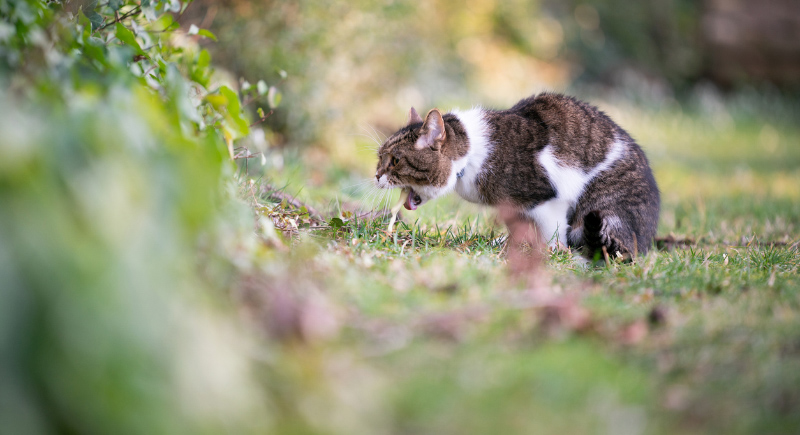
Credit: iStockphoto
Occasional vomiting isn’t uncommon in cats—they’re prone to hairballs—but frequent or prolonged bouts of vomiting or diarrhea indicate something more serious. These symptoms can stem from failing organs or an inability to process food.
Changes in Litter Box Habits
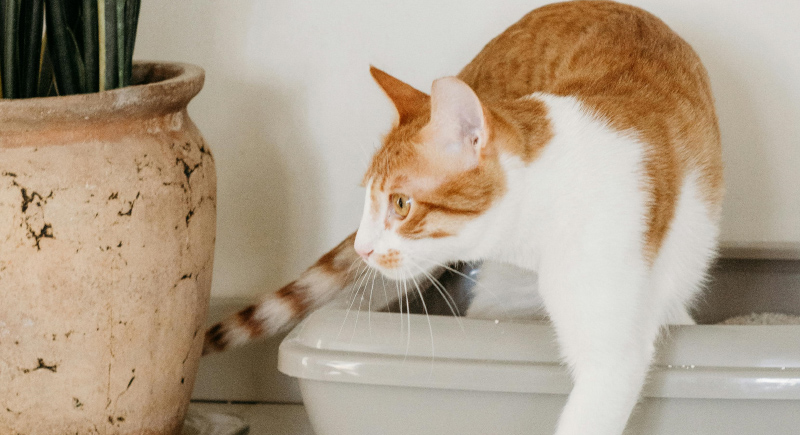
Credit: pexels
A cat that has always been diligent about using the litter box might start having accidents or stop using it entirely. This can be due to mobility challenges, confusion, or discomfort. It’s not a deliberate act but rather a reflection of their declining health. Providing easy access to the litter box can help during this stage.
Becoming Disinterested
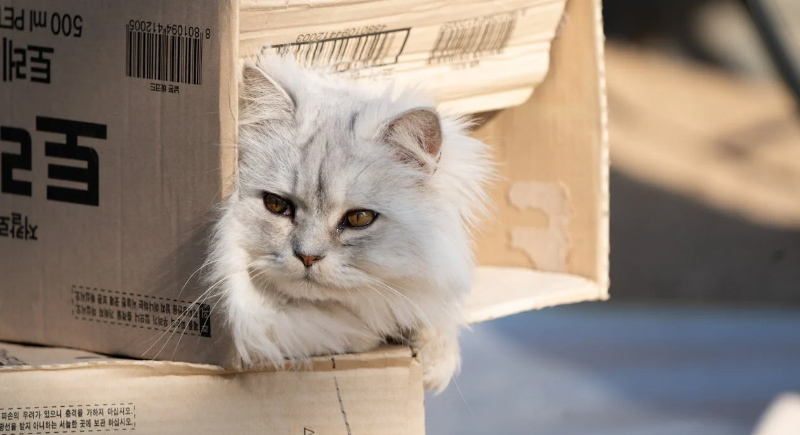
Credit: pexels
A declining cat often loses interest in everything—from their favorite toys to human interaction. They might stare blankly out the window or ignore you when you call their name. This disengagement isn’t just physical; it’s an emotional withdrawal. In their final days, they often retreat into themselves.
Cold Extremities

Credit: iStockphoto
Cold paws, ears, or tails are a sure sign of poor circulation. As their body prioritizes vital organs, blood flow to the extremities decreases. A cat’s whiskers are highly sensitive to temperature changes, so you may notice them avoiding cold surfaces or seeking out warmth as their extremities grow colder.
Pale Gums
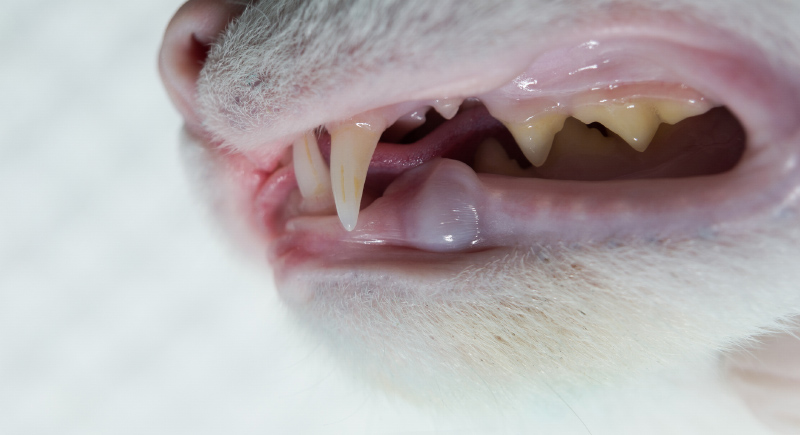
Credit: iStockphoto
Healthy cats have gums that are pink and moist, but as health declines, gums may turn pale or white. This change often points to anemia, dehydration, or poor circulation, all of which indicate serious issues. Here’s a quick test: press gently on their gums, then release. If the color doesn’t return to pink within a second or two, it’s a sign of poor circulation.
Slowed Heart Rate
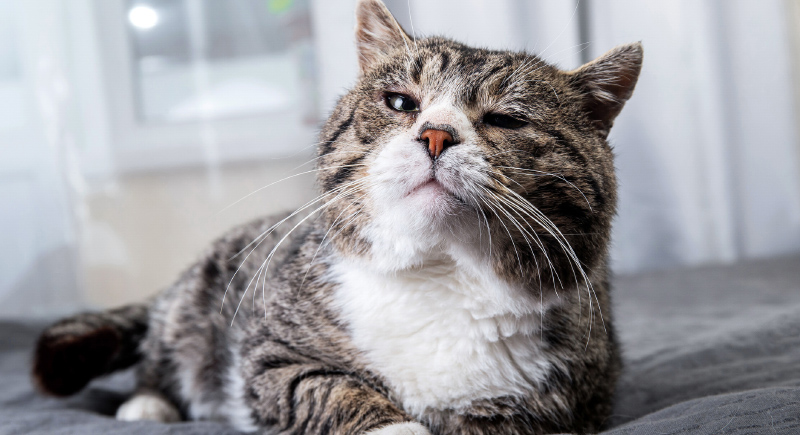
Credit: iStockphoto
A cat’s heart normally beats between 140-220 times per minute, but a significantly slower heart rate can indicate that the body is shutting down. Place your hand gently on their chest to feel their heartbeat—it should be steady and strong. A weak or irregular pulse often signals the final stages of life.
More Bad Days Than Good Days
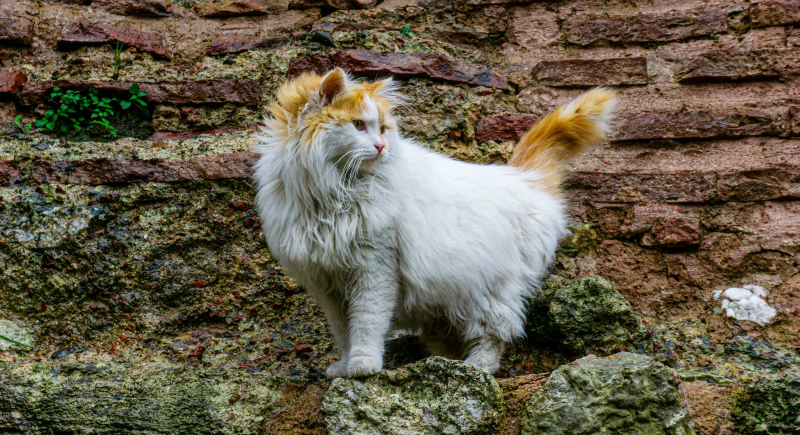
Credit: pexels
Perhaps the clearest indicator is when your cat has more difficult days than good ones. Tracking their appetite, mobility, energy, and overall mood can give you a clearer picture of their quality of life. It’s a hard truth to face, but recognizing this shift allows you to make compassionate decisions for their well-being.
Changes in Vocalization

Credit: iStockphoto
As cats approach the end of their lives, their vocal habits may shift noticeably. Some become quieter, while others cry more frequently or sound different from their usual selves. These changes can reflect discomfort, confusion, or declining energy levels, indicating that your pet may need gentle attention and veterinary support.
Refusal to Drink Water

Credit: pixelshot
A noticeable decline in water intake can indicate serious dehydration or organ failure. Cats that stop drinking may appear weak, have dull coats, or develop sunken eyes. If your pet ignores their water bowl or only licks droplets, contact a veterinarian for guidance and comfort care.